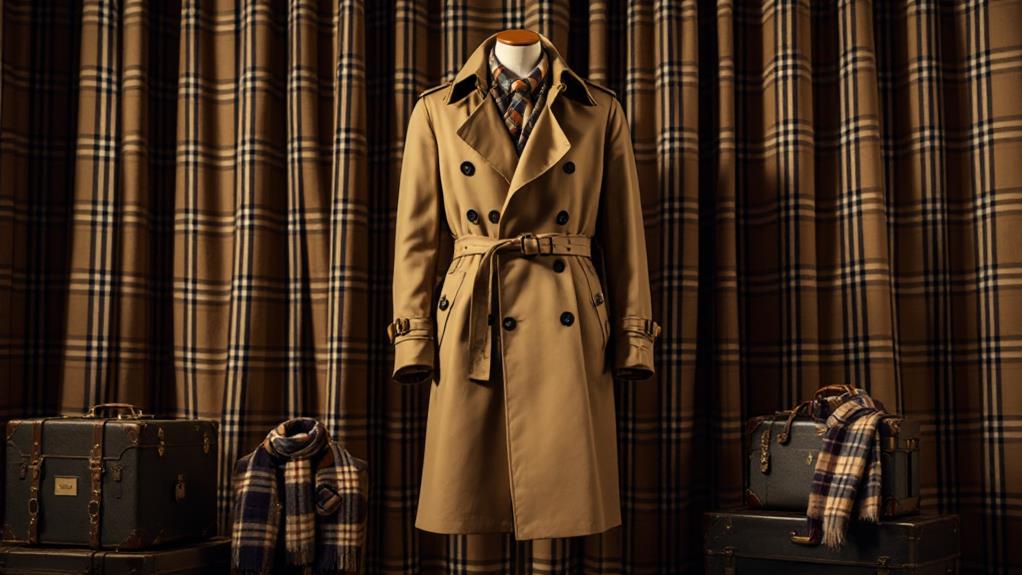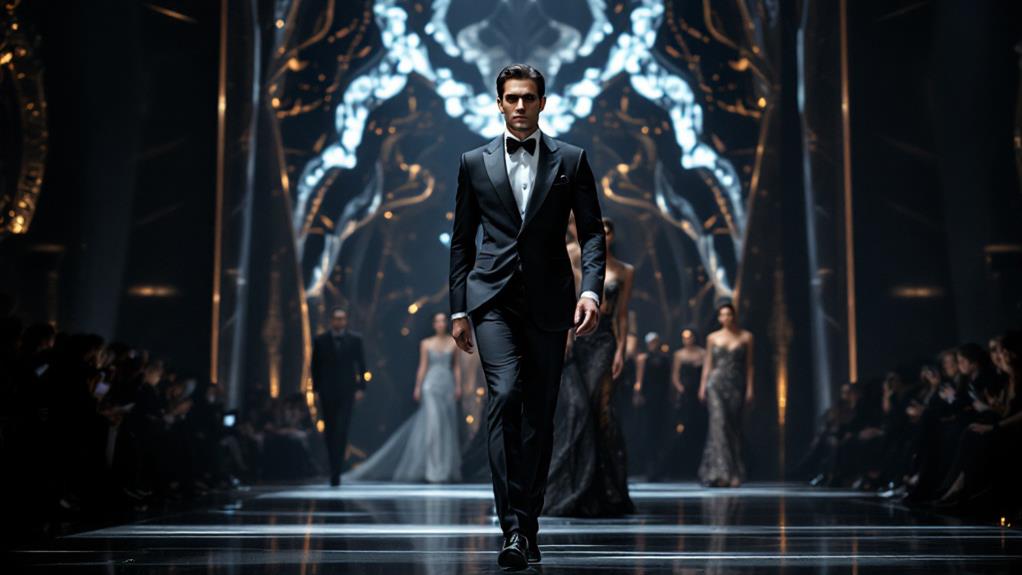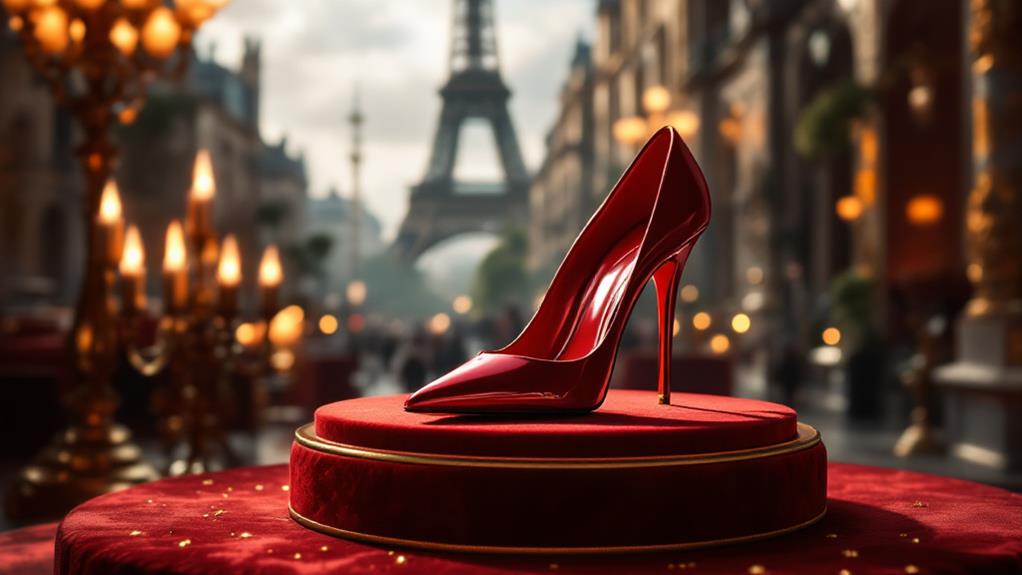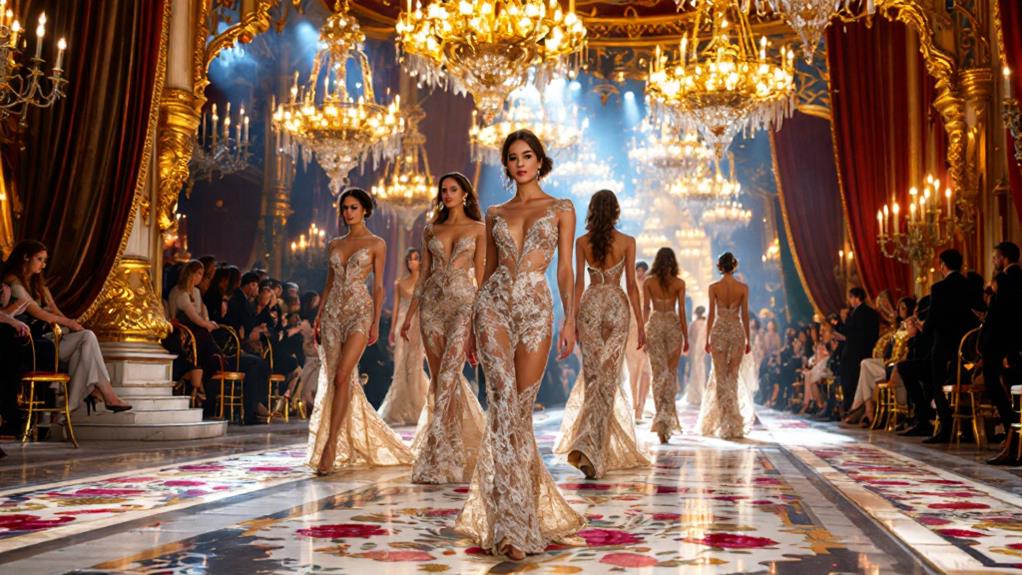Luxury Fashion Brands: The Legacy of Christian Dior
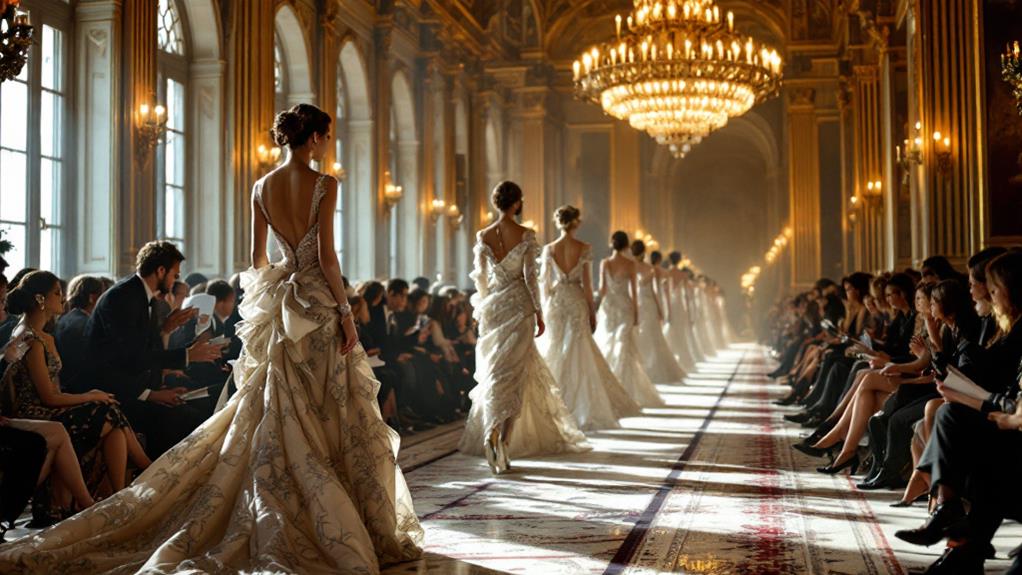
You're stepping into a world where Christian Dior's influence reshaped fashion with his iconic "New Look" in 1947. He brought back lavishness with feminine silhouettes and cinched waists, redefining elegance and sparking global trends. Dior's legacy began with his daring move from political science to designing and flourished when he founded his couture house in 1946. His vision extended beyond clothing, pioneering licensing that made couture more accessible, while flagship creations like the Lady Dior handbag and Miss Dior perfume remain timeless. Uncover the enduring impact of Dior, renowned for setting luxury standards that inspire today.
Early Life and Career
Christian Dior, often hailed as a revolutionary figure in fashion, was born on January 21, 1905, in Granville, France. Initially, you might not expect Dior to become synonymous with luxury fashion, as he originally pursued political science. However, his passion for design couldn't be contained, and he soon shifted focus to fashion, selling fashion sketches in the 1930s. This talent for illustration opened doors, leading him to work with esteemed designers like Robert Piguet and Lucien Lelong, where Dior honed his skills in haute couture.
His career took a pause during World War II when he served in the French army, but Dior's determination brought him back to fashion after the war. In 1946, he founded his own couture house, a crucial move that set the stage for his groundbreaking "New Look" collection in 1947. Although the New Look is another story, its emphasis on cinched waists and voluminous skirts solidified his name in fashion history. Dior's early career is marked by a commitment to craftsmanship and luxury, laying the foundation for his enduring legacy as a leader in haute couture and a symbol of elegance and innovation.
The New Look Era
In 1947, the fashion world witnessed a seismic shift with the introduction of the New Look, a groundbreaking collection by Christian Dior. This collection was characterized by feminine silhouettes, with cinched waists and voluminous skirts crafted from approximately 20 yards of fabric per dress. It marked a stark departure from the wartime utilitarian styles, offering a welcome return to opulence and luxury in women's fashion.
The New Look wasn't just a collection; it was a defining moment that transformed fashion trends globally. Dior's vision redefined femininity, bringing back the essence of elegance that many had missed during the war years. This daring move established Dior as a leader in haute couture, as the world enthusiastically welcomed this new standard of beauty and sophistication.
The New Look symbolized a cultural shift towards optimism and elegance, capturing the spirit of a society ready to move beyond the struggles of World War II. It sparked an increased demand for luxury clothing, as women sought to embody this new age of style. As a result, Christian Dior's influence grew, solidifying his legacy in the world of fashion and setting the stage for future innovations.
Establishing the Dior Brand
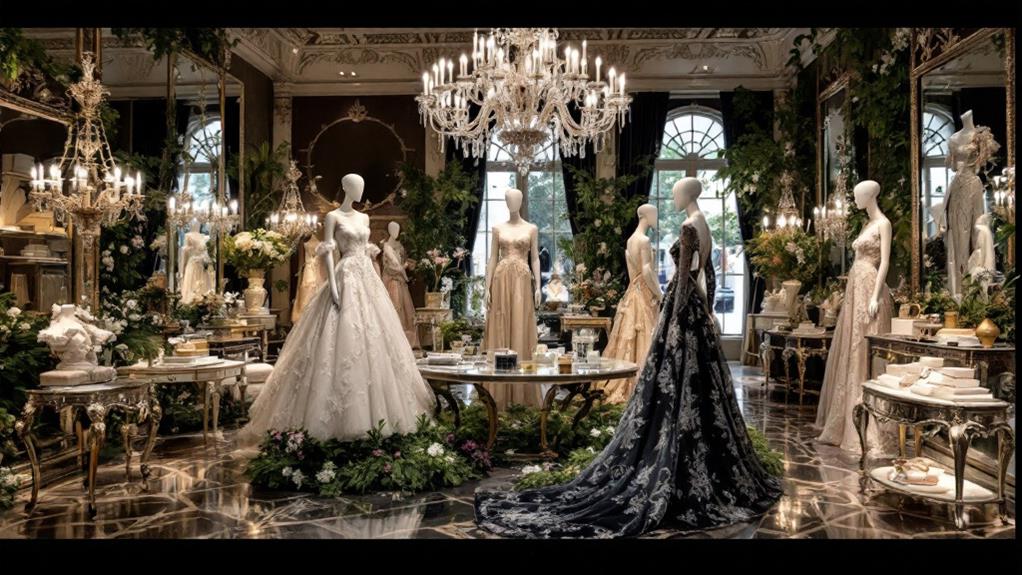
The House of Dior began its expedition in 1946, quickly becoming a guiding star of luxury fashion with its debut collection in 1947, famously known as the "New Look." This collection, marked by its hourglass silhouette and sumptuous fabrics, set the tone for Dior's impact on global fashion. Under Christian Dior's visionary leadership, the brand rapidly established itself as a symbol of timeless elegance and creativity in haute couture.
You'd find that Dior's flagship store at 30 Avenue Montaigne in Paris became synonymous with luxury, attracting royalty and Hollywood stars. This prestigious address wasn't just a store; it was the epicenter of fashion's elite. Dior's groundbreaking licensing model further fueled expansion, allowing the brand to diversify into accessories and fragrances. The launch of Miss Dior perfume in 1947 was a heartfelt dedication to his sister, adding a personal touch to the burgeoning empire.
Dior's commitment to careful craftsmanship and collaboration set it apart, creating a creative hub that emphasized quality and detail. This approach laid the groundwork for the brand's enduring legacy, ensuring its place among the world's most revered fashion houses. The House of Dior didn't just create fashion; it crafted a legacy of luxury and elegance that continues to inspire.
Influence on Fashion Industry
Vision and innovation have long defined the House of Dior's influence on the fashion industry. When Christian Dior introduced the New Look in 1947, you'd have seen a revolutionary shift. The emphasis on an hourglass silhouette not only revived post-war femininity but also set new standards for luxury and style. Dior's creative vision brought timeless elegance to the forefront, influencing countless fashion houses and designers globally.
Dior's impact transcended design. He pioneered the concept of fashion shows as grand events, turning them into major spectacles that generated buzz and excitement. This strategy highlighted the importance of branding and marketing, elements that are now staples in the fashion world. His successful licensing model expanded the brand's reach into accessories and fragrances, such as the iconic Dior handbag, demonstrating impeccable craftsmanship with enduring appeal.
Moreover, Dior's commitment to haute couture solidified Paris's reputation as a fashion capital. By setting benchmarks for both haute couture and ready-to-wear collections, he guaranteed the city's status as a center for high fashion and luxury. Christian Dior's impactful legacy continues to inspire and shape the global fashion landscape today.
Dior's Enduring Legacy
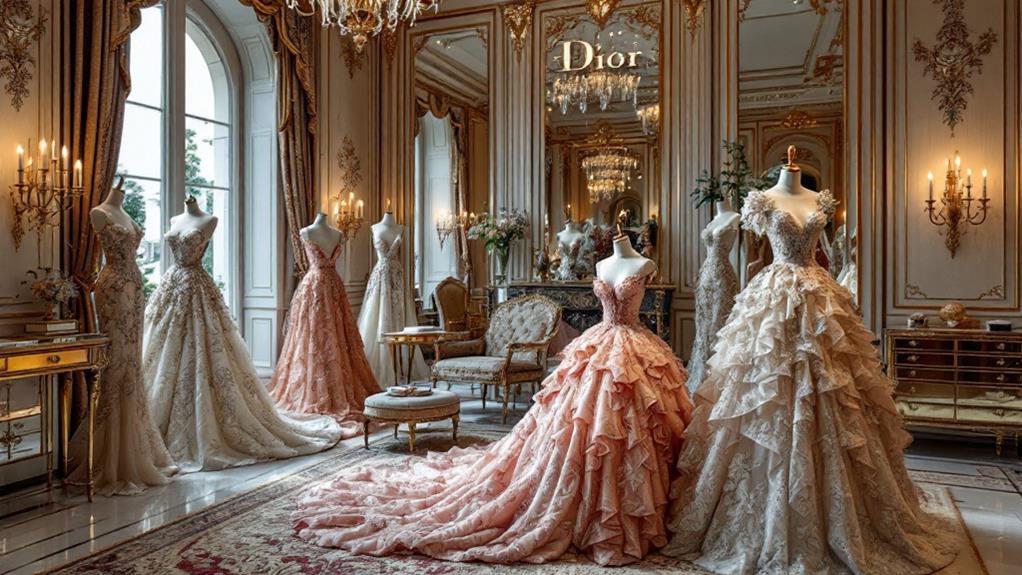
Few brands have left an indelible mark on the fashion world like Dior. When Christian Dior introduced the New Look in 1947, it transformed women's fashion with its hourglass silhouette, defining femininity and luxury. This vision set the stage for the House of Dior's legacy, which is marked by timeless style and iconic scents. Under the guidance of creative directors like Yves Saint Laurent, John Galliano, and currently Maria Grazia Chiuri, Dior has consistently evolved while staying true to its core values of elegance and craftsmanship.
Maria Grazia Chiuri's leadership has brought a modern twist to the brand, emphasizing sustainability and inclusivity. Her commitment to these principles guarantees Dior connects with a diverse audience and maintains its relevance in the ever-changing fashion industry. Iconic products like the Lady Dior handbag and Miss Dior fragrance continue to influence trends and consumer preferences, reinforcing the brand's timeless appeal.
Dior's active presence in popular culture, through strategic collaborations and social media engagement, has solidified its status as a cultural icon. This guarantees that the House of Dior's enduring legacy will continue to inspire and captivate generations to come.

